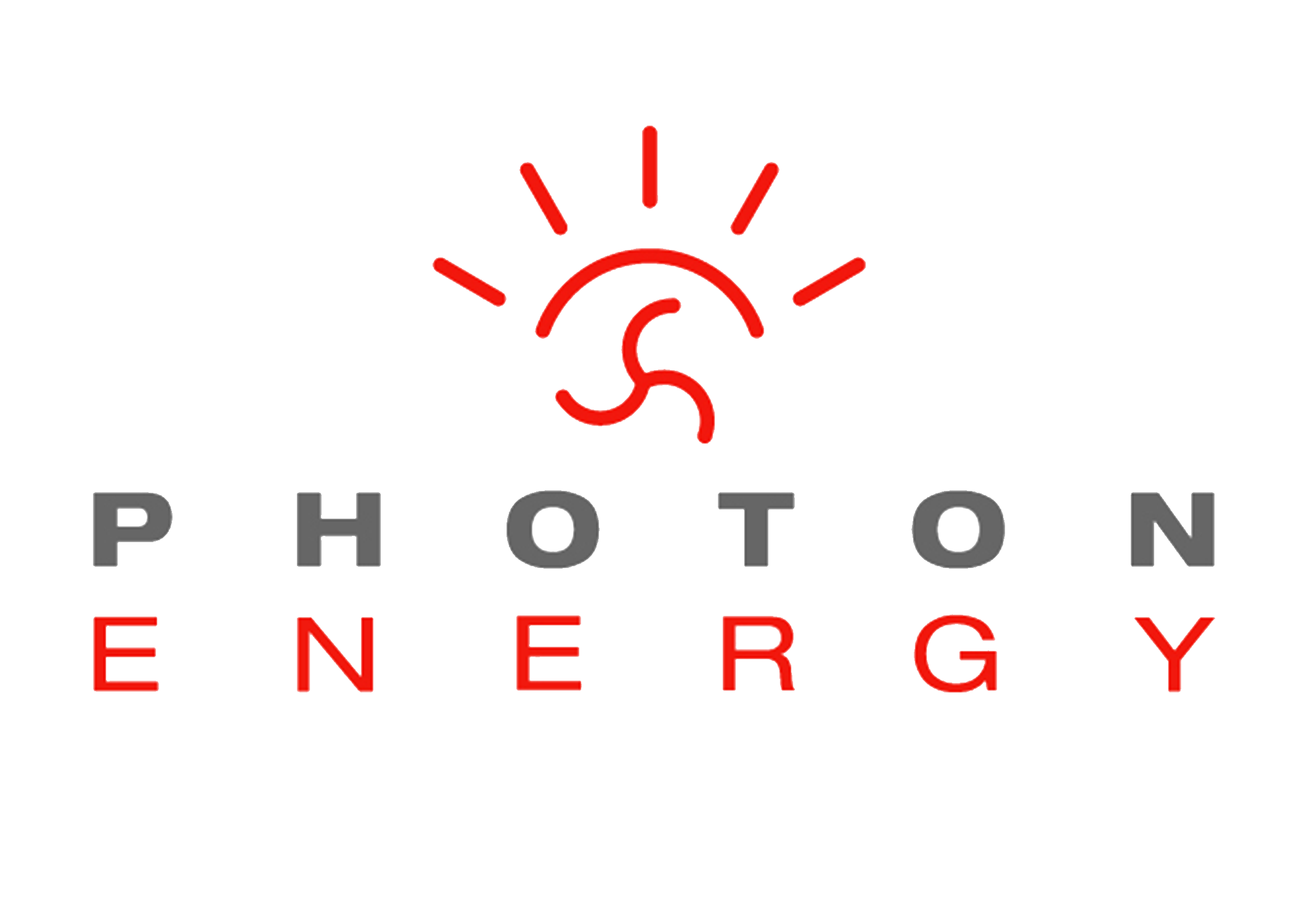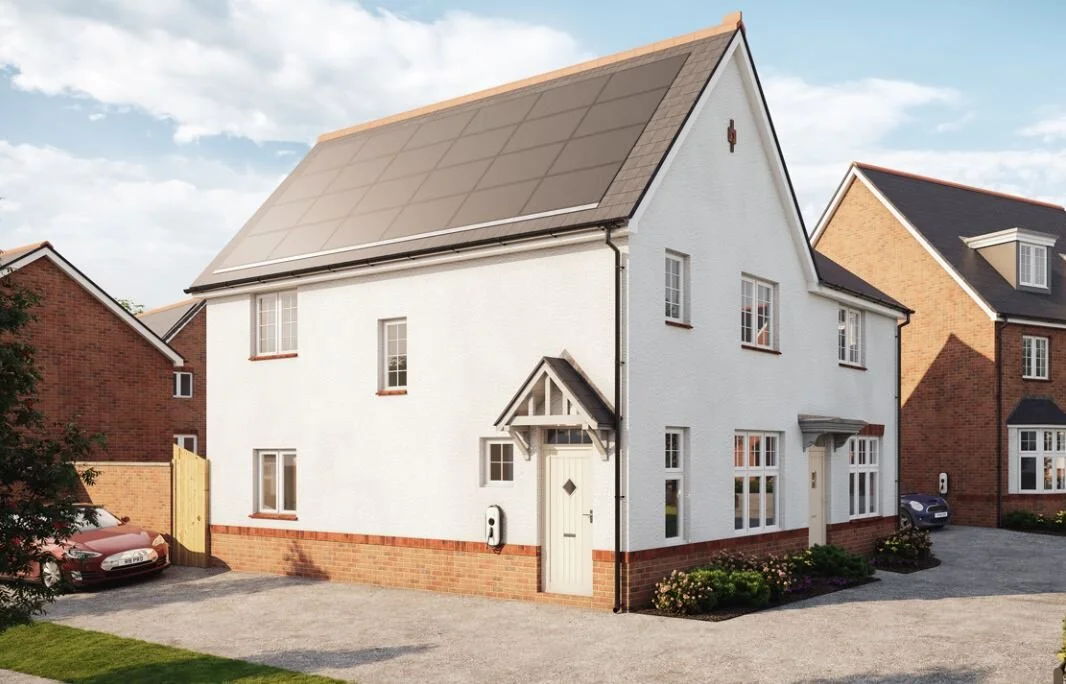
Frequently Asked Questions
Genral Solar PV Questions
+ How reliable is solar pv?
Solar PV systems are extremely reliable. PV modules come with a 25 year warranty and have no moving parts so failures are extremely rare. The inverters for solar PV systems have 5 year warranties as standard.
Photon Energy provide a 2 year workmanship warranty on all our solar PV installations that can be extended.
+ Where can I put a solar PV system?
Most PV systems are roof-mounted, with mounting systems available for most roof coverings. Systems can also be ground-mounted, space permitting. Ideally, installations will face south but they can face anywhere south of due east or due west.
For maximum output, panels should be tilted at 30 to 45 degrees from the horizontal; an angle between 5 and 60 degrees is acceptable but there is a small loss of output.
Shading of just a small area of a solar PV system will significantly reduce its output because the electrical connections it contains are in series.
+ Is a Solar PV system suitable for my site?
We will advise you whether or not your site is suitable for a solar PV system. Upon a site visit we will explain where we would propose to locate the system and what the expected electricity output would be. If your site is unsuitable for a solar PV system, we will inform you.
+ How much will a Solar PV system cost?
Prices are always changing and under review, but the price per kW can drop substantially for larger systems or multiple installations.
+ Will a Solar System provide hot water?
No. Solar PV systems generate electricity, not hot water, although the electricity can be used to heat water using an immersion heater. If you want to heat water directly you need a solar water heating system, not solar PVs.
Potential Solar PV Issues
+ WHAT HAPPENS WHEN THE PV SYSTEM IS NOT GENERATING ENOUGH ELECTRICITY OR GENERATES TOO MUCH ELECTRICITY?
Most systems that we install are grid connected, so if the solar PV system is not generating enough electricity for your needs, the difference is automatically drawn from the grid. If you generate more electricity than you are using, this is automatically exported to the electricity grid (and income collected) or can be stored in a battery.
We design off-grid systems with batteries to store any excess electricity generated. Surplus energy generated by a PV installation during the day when there is little demand can be used in the evening. Photon Energy is an approved Tesla Powerwall installer and can also fit other brands such as LG Chem and sonnenBatterie.
+ WHAT ARE THE MAINTENANCE REQUIREMENTS FOR A SOLAR PV SYSTEM?
We recommend that your solar PV system has a periodic inspection and test in order to protect and safeguard your investment. We offer solar maintenance services including annual service packages that can be tailored to your requirements or you can request an inspection any time you suspect a problem.
When to call us for advice?
- For information about annual service packages and remote monitoring
- An obvious fault has developed
- Concerns about reduced generation
- A change in system ownership
+ WHAT HAPPENS WHEN THERE IS A POWER CUT?
Unfortunately, safety regulations prevent solar PV and wind turbine systems from providing power during an outage. If the power fails your solar PV system will disconnect from the grid immediately and stop providing electricity to protect anyone working on the network. The system will automatically restart once the power cut ends.
Solar PV and the Electrical System
+ Will a solar PV system be compatible with my current electricity system?
Photon Energy supplies and installs complete systems that link into the existing electricity supply in your building. As a rule, no modification of the existing electrical system is necessary. We simply connect into a spare way in your fusebox, and install the necessary equipment if this is not available.
You will need permission from the local Distribution Network Operator (DNO) to connect the solar PV to the electrical network. Photon Energy will take care of this for you; and in any case permission is automatic for small-scale systems.
An application is necessary to connect larger systems to the electricity networks and may require a network study by the DNO. We will advise if we think there could be an issue, and liaise with the DNO early on in a project to resolve matters.
+ What about 'next generation' solar pv technology?
All today’s technologies will remain dominant for years to come, with possible minor improvements to manufacturing processes.
A great deal of laboratory research into alternative technologies such as photoelectro-chemical cells, photo-synthetic cells, organic polymers, quantum well devices is in progress. However these are all decades away from volume production
+ What performance / electricity output can i expect?
An unshaded solar PV system facing due south and installed at an angle of 30 degrees from the horizontal can be expected to produce between 700 and 1050kWh/kWp/year in the UK.
Using a site-specific example, this means that an optimally orientated 1kWp solar PV system in London will produce 975kWh of units of electricity each year and a 2kWp system will generate 1,950kWh.
A typical 3 bedroom house in the UK built to 2010 Building Regulations standards will use 3000 - 4000 units of electricity per year, and a 2kWp solar PV system will produce roughly half of this.
However, electricity consumption can be reduced in various ways, so a 2 kWp solar PV system could supply a higher proportion of your electricity.
Types of Solar PV
+ WHAT ABOUT THE DIFFERENT TYPES OF SOLAR PV MODULE?
Three different technologies are used in the main types of solar PV module:
Mono-crystalline silicon technology, used in the most efficient and slightly more expensive modules, is around 18% efficient. These modules are suited to applications where space is restricted and a given energy production is required. Some mono-crystalline modules, such as those made by Sunpower, have efficiencies of over 20%, but these are a premium product.
Multi-crystalline silicon is slightly less efficient than mono-crystalline silicon, at around 16.5%, and is slightly cheaper. The technologies are essentially the same, but the photovoltaic cells are made differently. Most PV modules installed in the UK use multi-crystalline silicon technology. Often the difference in efficiency between these 2 technologies is too small to have a significant impact on prices. It just means that multi-crystalline silicon systems occupy the same area, and use the same components but have a very slightly lower power rating.
Thin film technology, the most common being amorphous silicon. At around 10-12%, this is much less efficient than the crystalline silicon technologies, although the PV modules are cheaper. However, the price for a given system size is often higher than for crystalline silicon as more mounting structures, cabling, and labour are required. There are other thin film technologies, such as cadmium telluride and copper indium disellenide, but these are also of lower efficiency and are not produced in significant quantity. There are also potential environmental implications associated with their disposal or re-cycling. There are also concerns over the longevity of some thin-film solar PV modules.
Some solar PV modules combine a thin-film of amorphous silicon with mono-crystalline cells. These modules are around 19.5% efficient and take up a smaller area for a given power output. However they are considerably more expensive than conventional multi- or mono-crystalline silicon.
Energy output per unit power is the same for all the module technologies above, so a 10kWp system will generate approximately 8MWh/year, no matter what technology is used. The difference between the systems is the amount of space they occupy.
+ WHAT TYPES OF ROOF CAN SUPPORT SOLAR PANELS?
Solar PV systems can be mounted on almost all roof types including tiles, slates, flat roofs, and metal roofs.
Photon Energy always conducts structural assessments of customers’ roofs to ensure they can take the weight of the solar panels. For new-build projects, we provide your structural engineers with full details of the weight of the system and the fixings we supply.
Where the installation is on a flat roof we will usually supply a mounting system which allows the solar PV modules to be positioned at the best angle for energy production. We will need full details of the roof so that we can design suitable mountings.
Loading can be an issue with flat or metal roofs. If needed our structural engineers will undertake a full structural assessment.










